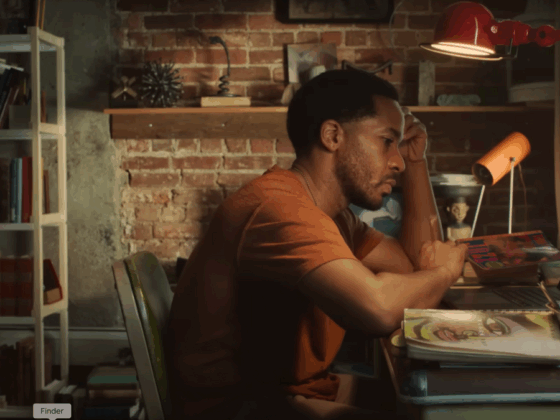
On this day in 1921, an event took place that would shape the world we know today.
In Tulsa, Oklahoma, a young, Black man by the name of Dick Rowland walked into an elevator at the Drexel Building. As he walked in, he stumbled and bumped into a young, white woman by the name of Sarah Paige. Paige screamed and ran out of the elevator. Not long thereafter, Rowland did as well because he feared for his life.
During the following day, police picked up Rowland and a white mob grew outside of the courthouse where he was held. The mob demanded that police release him, so that he could be lynched. In his defense, a group of Black World War I veterans met the white mob outside of the courthouse. As the day went on, tensions rose and the white mob eventually gave up on getting Rowland. Instead, they burned down the city’s Greenwood District, where the majority of its Black residents lived. With upwards of 100 people dead and more than 1,200 people left homeless, the Greenwood District was utterly destroyed. This event is now known as the 1921 Tulsa Race Massacre.
Today marks the 100th anniversary of that fateful day. Across the country, film houses are screening documentaries about the massacre, demonstrators are holding marches and survivors are reflecting on all that took place. Adding his voice to the conversation, former Oklahoma City Thunder Point Guard Russell Westbrook has executive produce a new documentary called Tulsa Burning: The 1921 Race Massacre.
“The Tulsa Race Massacre was not something I was taught about in school or in any of my history books,” Westbrook said.
“It was only after spending 11 years in Oklahoma that I learned of this deeply troubling and heartbreaking event. This is one of many overlooked stories of African Americans in this country that deserves to be told. These are the stories we must honor and amplify so we can learn from the past and create a better future.”
The in-depth documentary debuted on May 30 and will re-air on the History Channel on May 31. It is also available on-demand through the History Channel website.







